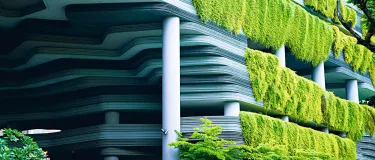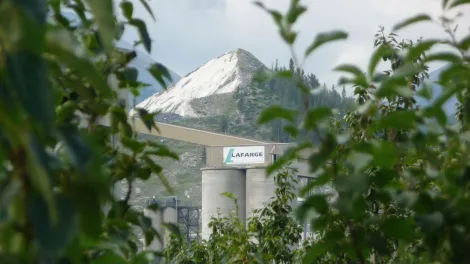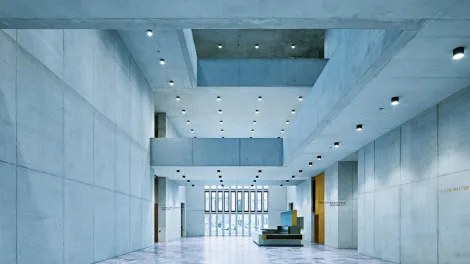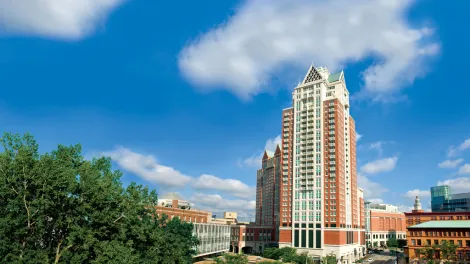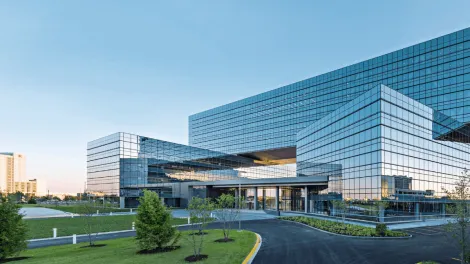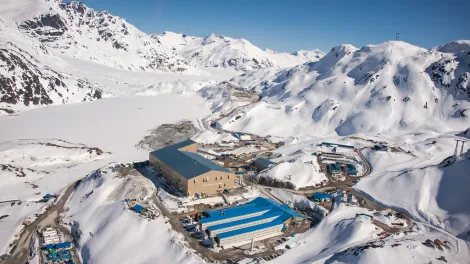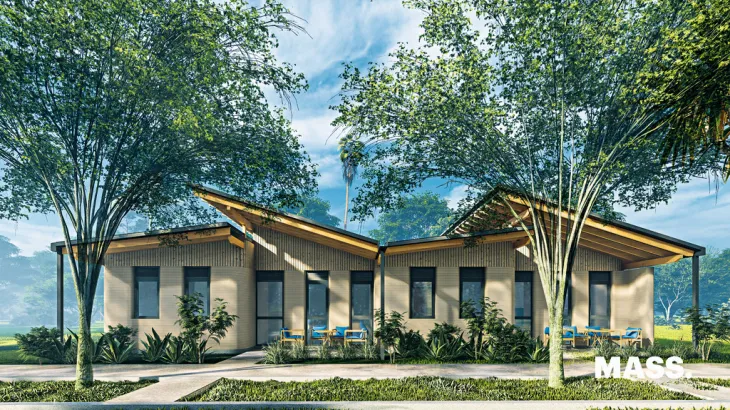SUPPLEMENTARY CEMENTITIOUS MATERIALS
Product claims are based on proper use in accordance with recognized industry standards. Please contact your Lafarge cement representative for product information, availability, and ordering.
What Are SCMs?
Supplementary Cementitious Materials (SCMs) are minerals used in varying proportions during the last phase of the cement production process. SCMs make it possible to obtain a range of cements with different properties. These cement varieties can be of:
Natural Origin
EXAMPLE: Limestone or volcanic and sedimentary rock (pozzolanic rock),
Industrial Origin
EXAMPLE: Byproducts of the steel industry (slag from blast furnaces), the microchip industry (silica fume), and coal-fired power plants (fly ash).





